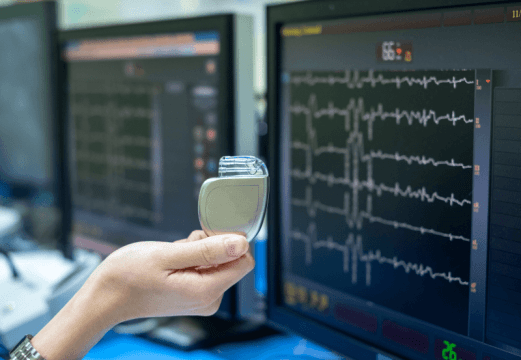The need for permanent pacemaker implantation (PPM) continues to be one of the main challenges in TAVR, especially with self-expanding valves, with a pacemaker implantation rate that varies between 17.5% and 30% in large randomized studies, vs. 4% to 6.5% with self-expanding valves.

Therefore, in an attempt to prevent the need for PPM implantation, the cusp overlapping technique has been developed (COT) which several analysts have shown has a lower rate vs the conventional implantation technique also called three cusp technique (3C). However, at present, this technique still calls for robust, large randomized trials.
This study looked at 647 patients undergoing TAVR with self-expanding EVOLUT; 519 (80.2%) with the COT technique.
Both groups were similar, with mean age 82, but surgical scores were higher in those treated with the 3C technique.
Left ventricular function was higher in COT patients (58% vs. 53%, p<0.001), with 41 mmHg gradient and close to 2% bicuspid valves.
Read also: Does Post-Dilation in TAVR Affect its Long-Term Outcomes?
Valve 29 was the most used (45%), followed by the 26 (35%), and 34 (12%) and, in lower numbers, the 23; the transfemoral approach was used in nearly all patients.
At 30 days, patients treated with the COT technique showed lower need for PPM implantation (10% vs. 21%, p=<0.001) and one new AV block (11% vs. 23%, p<0.001), with no difference in new intraventricular conduction block.
Conclusion
COT presents some potential technical advantages vs. 3C, and perhaps a lower rate of PPM implantation in TAVR with self-expanding EVOLUT.

Dr. Carlos Fava.
Member of the Editorial Board of SOLACI.org.
Original Title: Cusp overlap method for self‐expanding transcatheter aortic valve replacement.
Reference: Talal F. Aljabbary, et al. Catheter Cardiovasc Interv. 2024;103:202–208.
Subscribe to our weekly newsletter
Get the latest scientific articles on interventional cardiology





